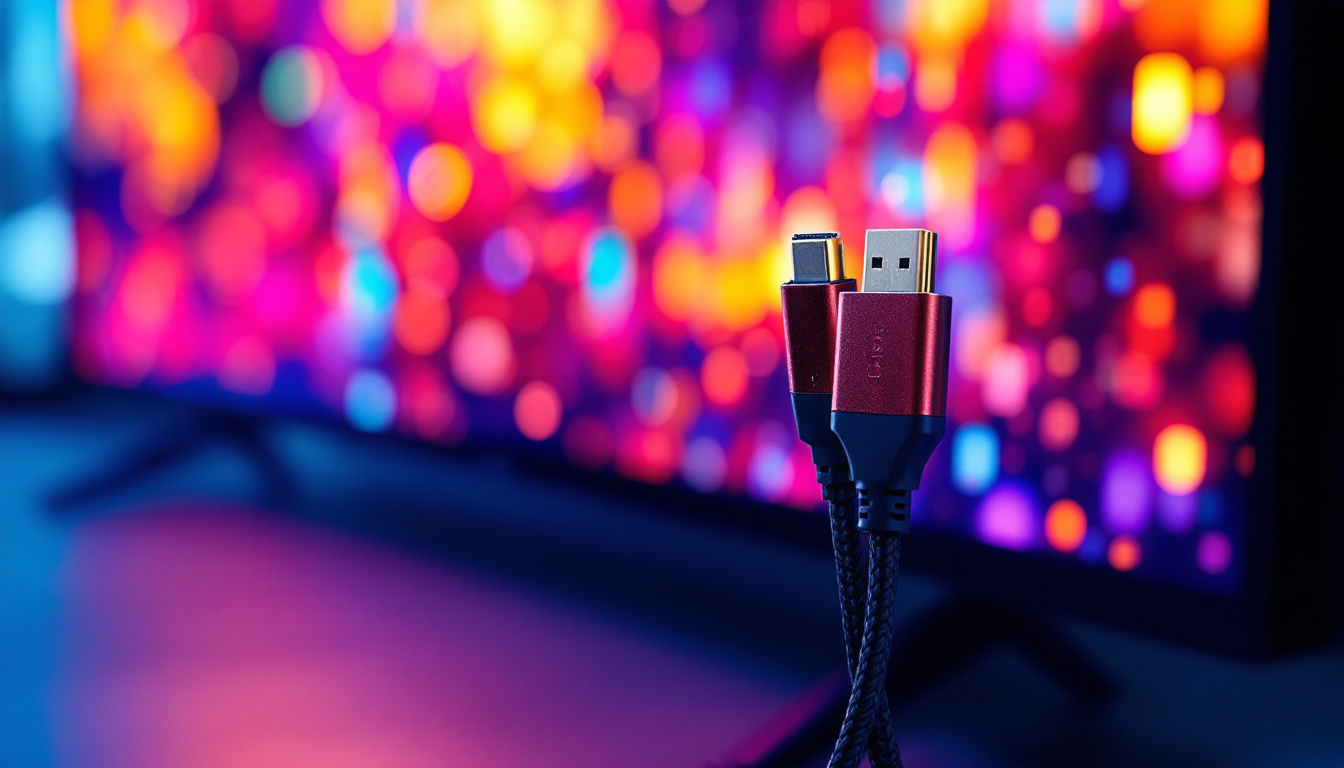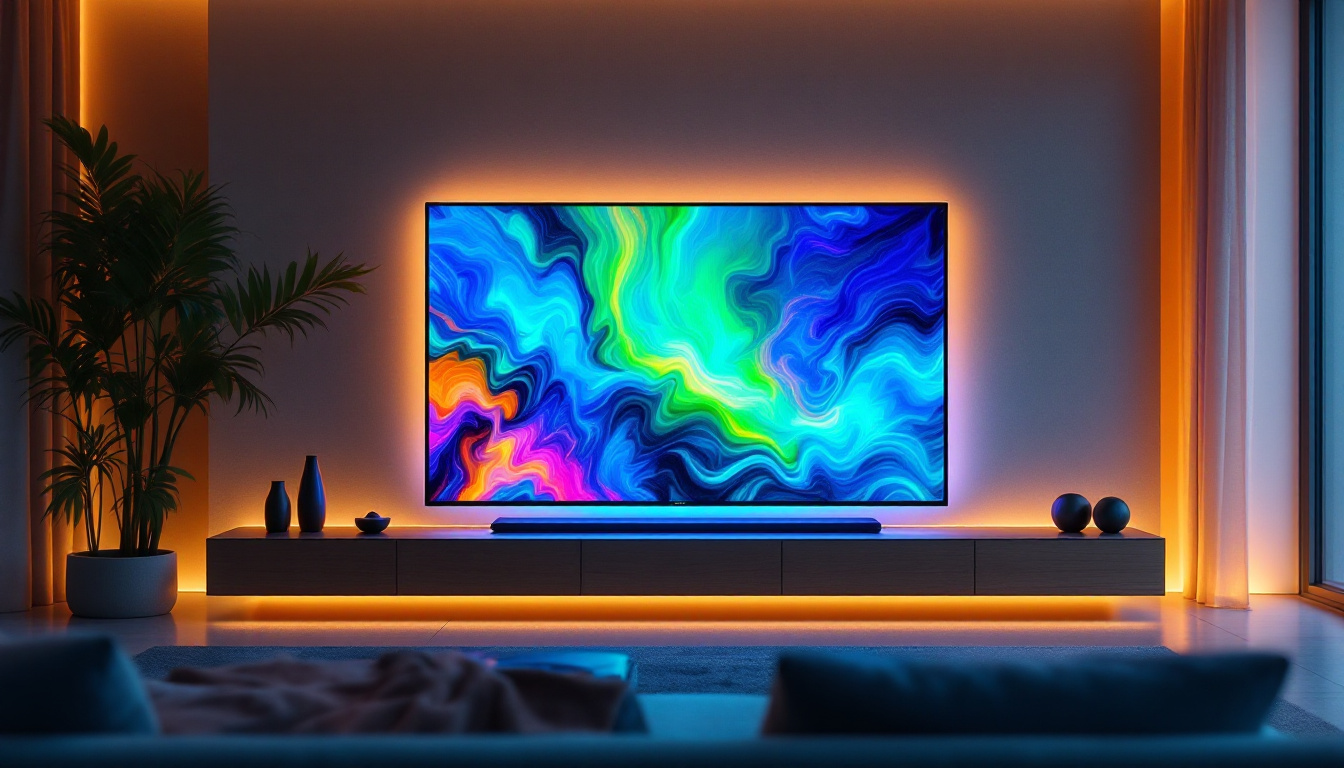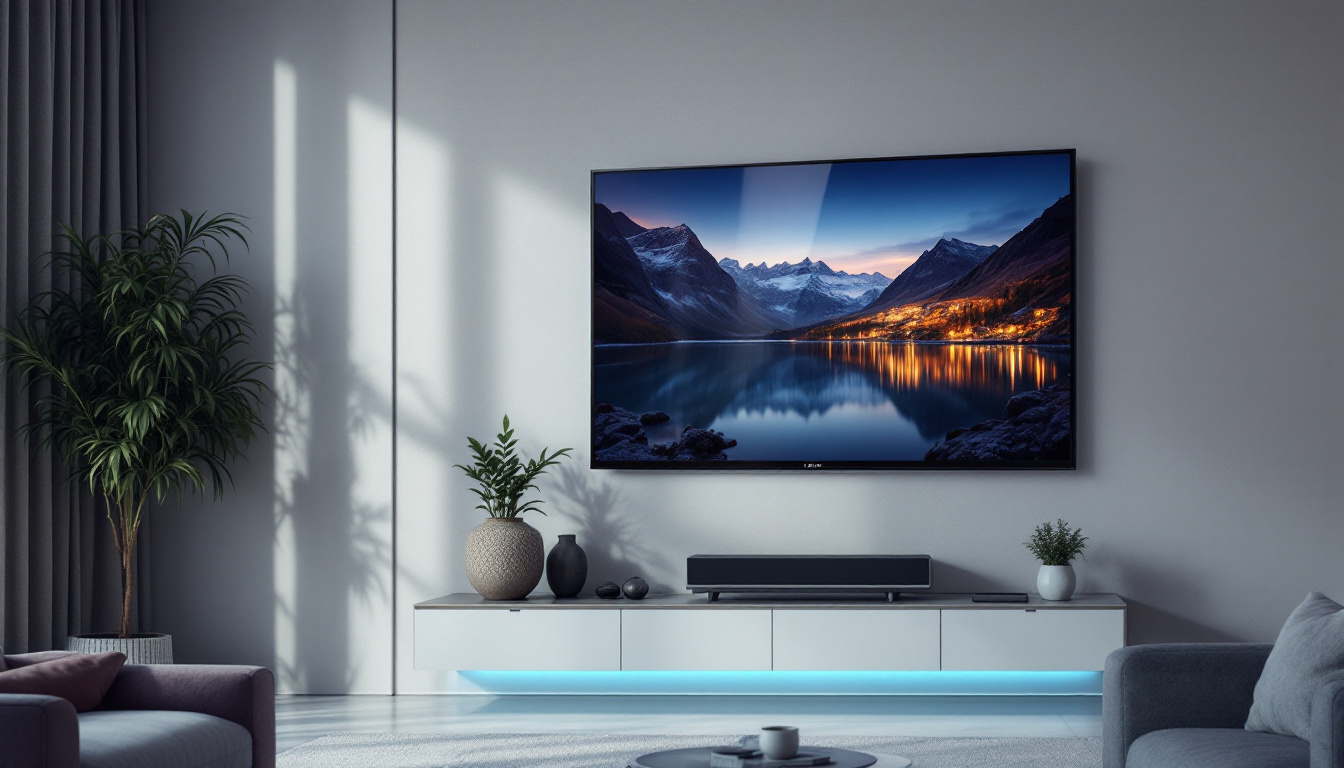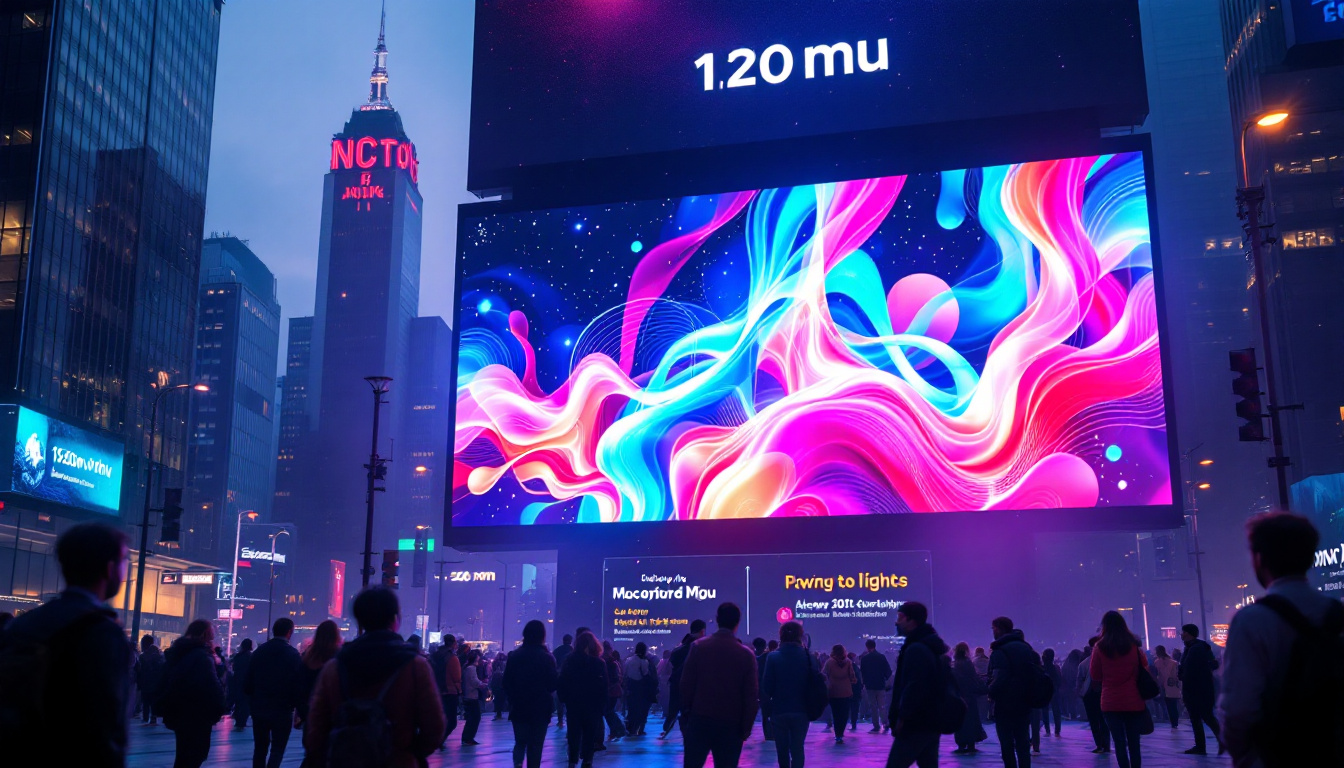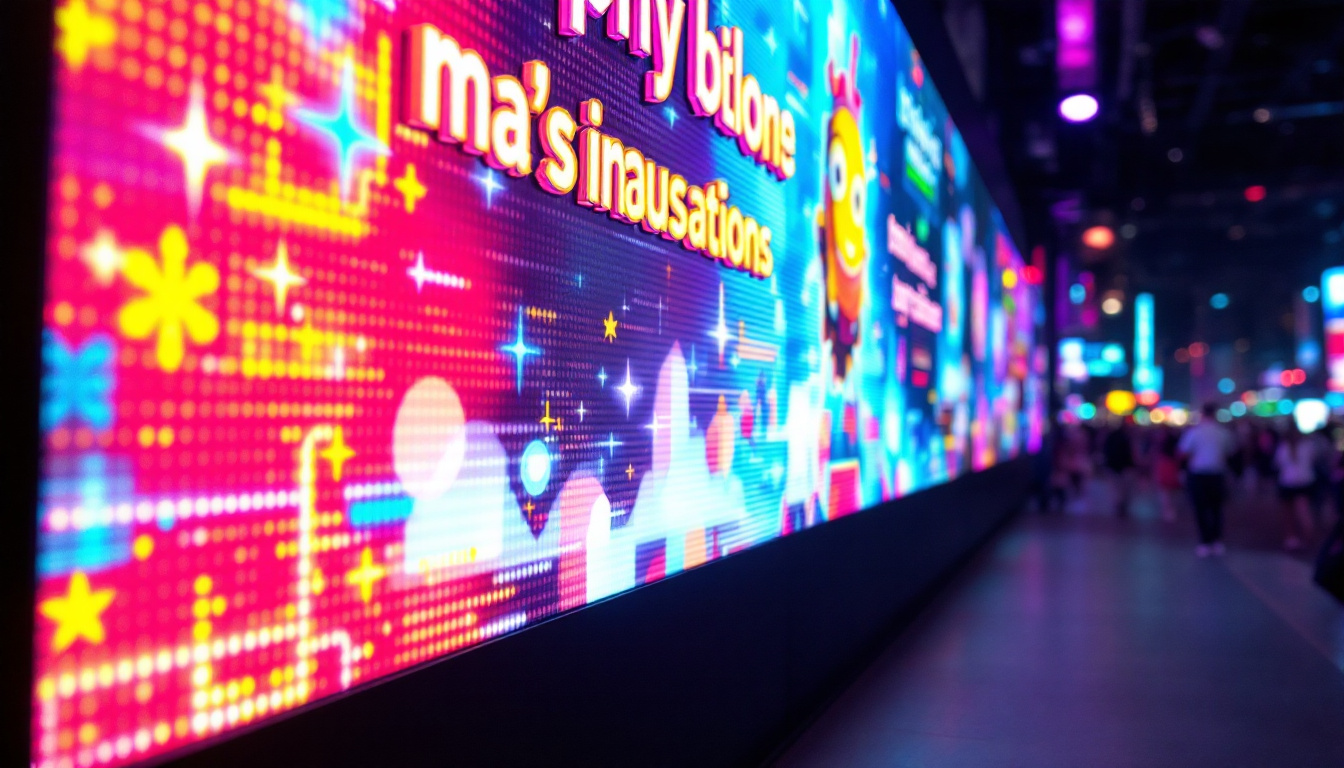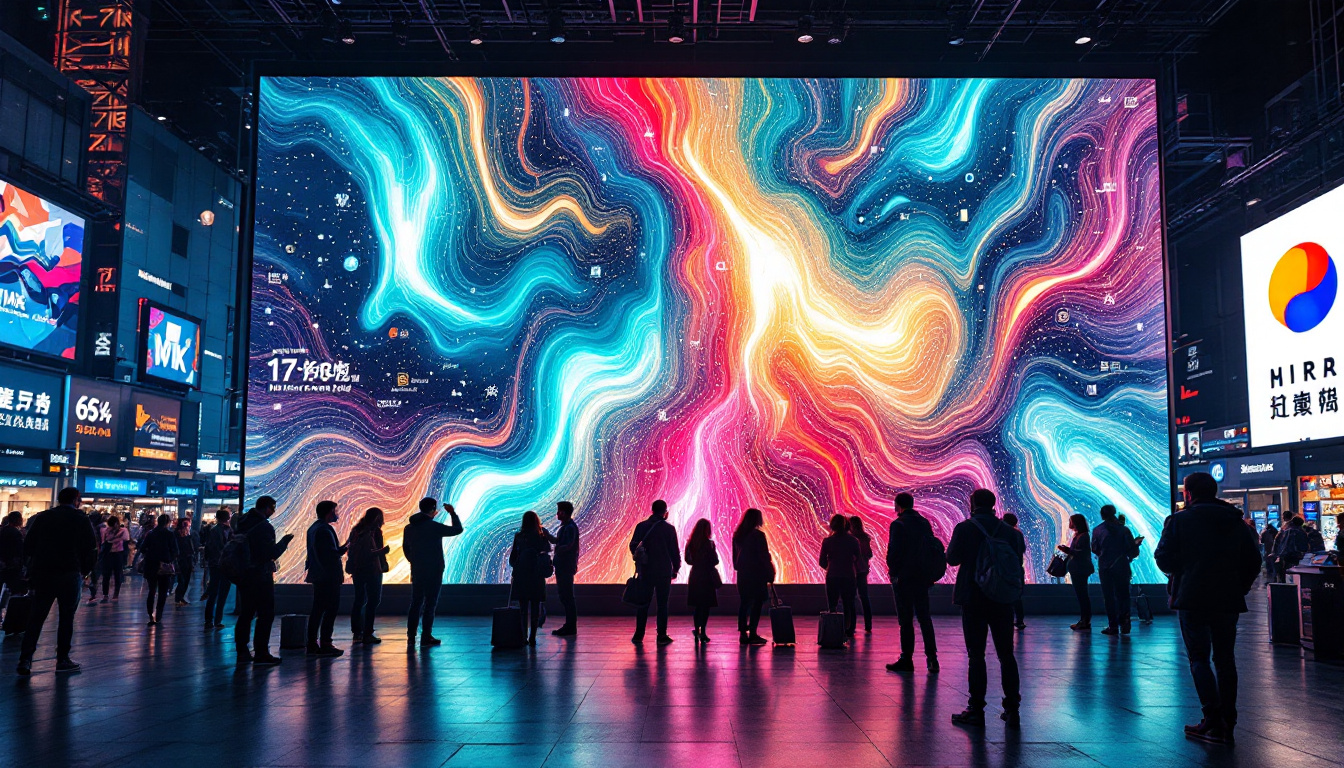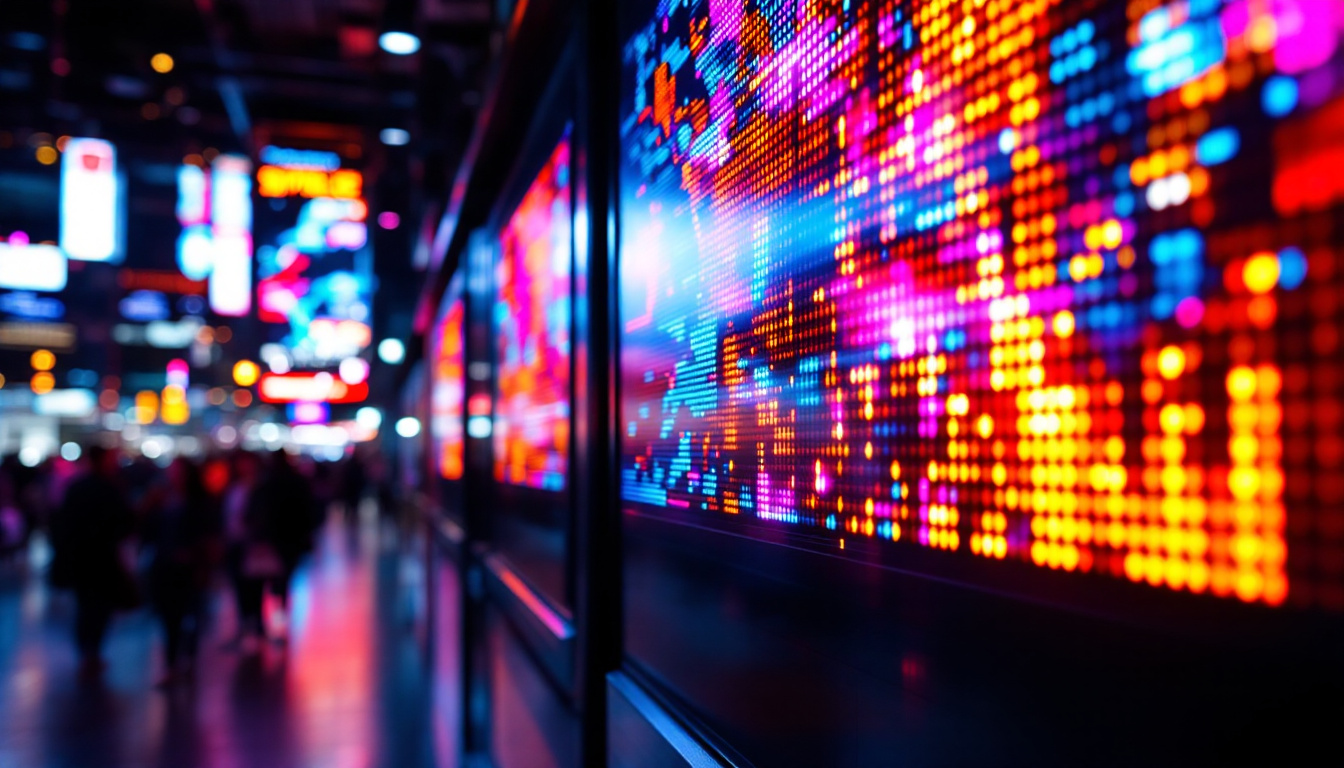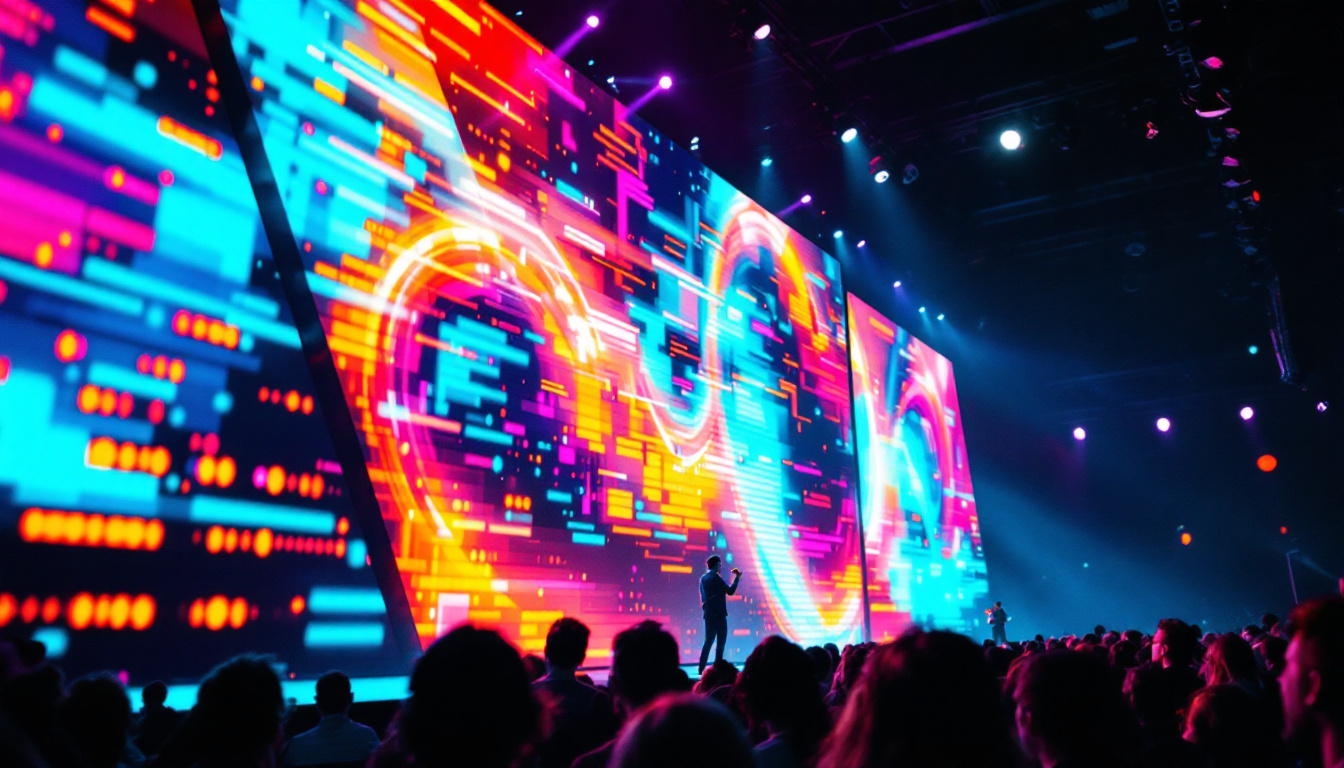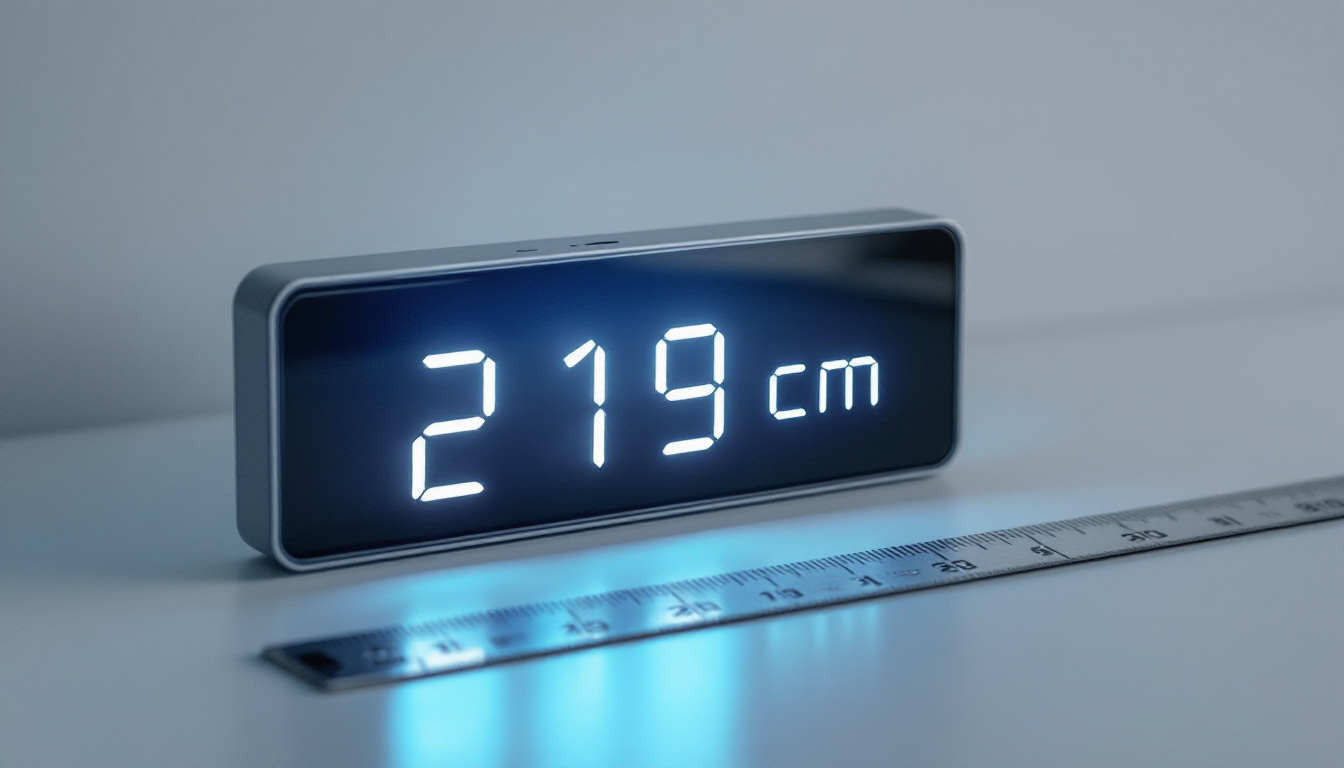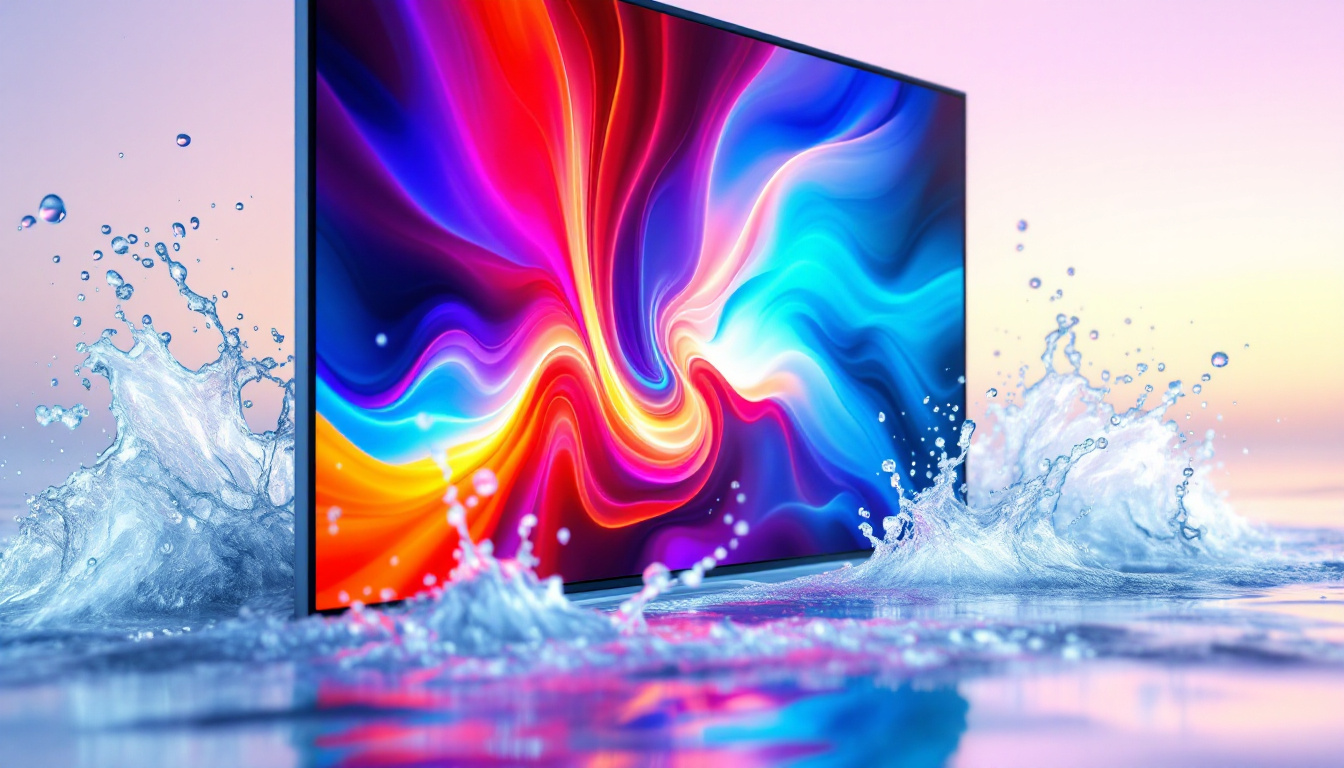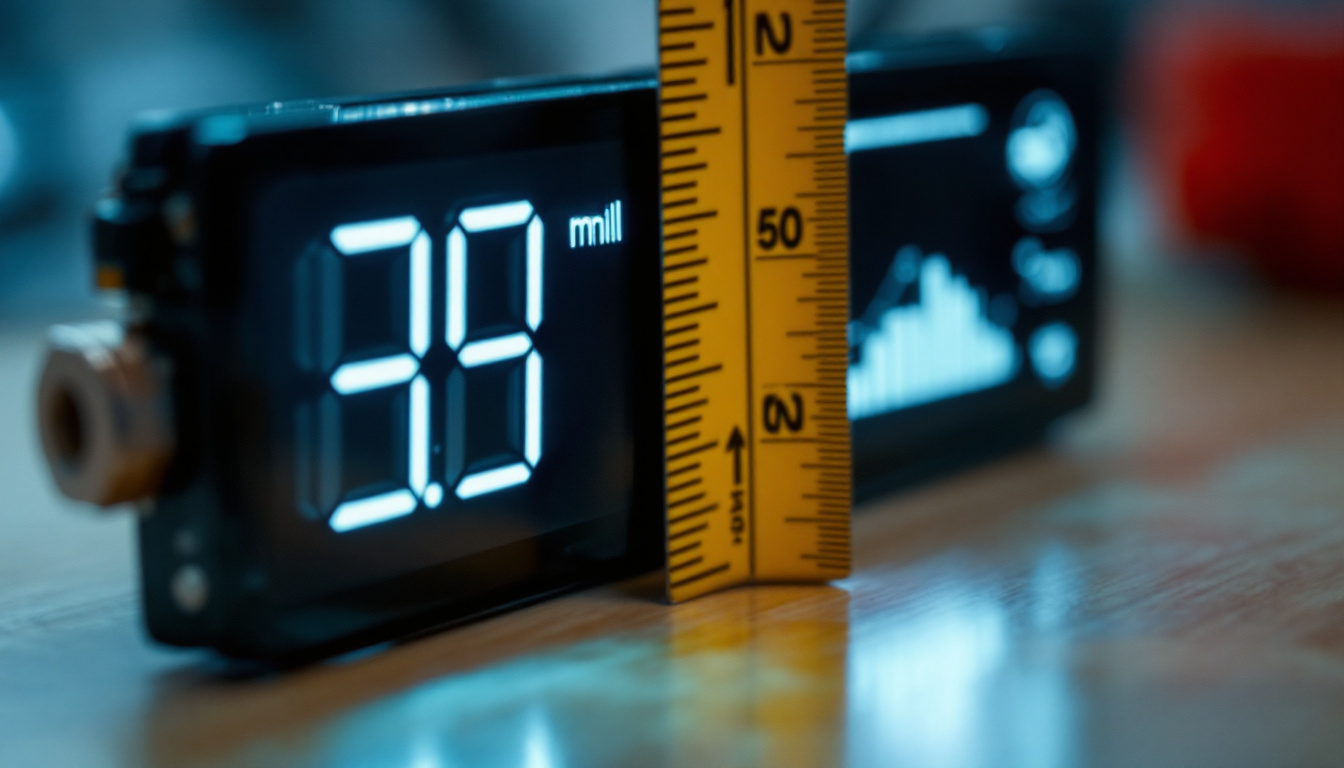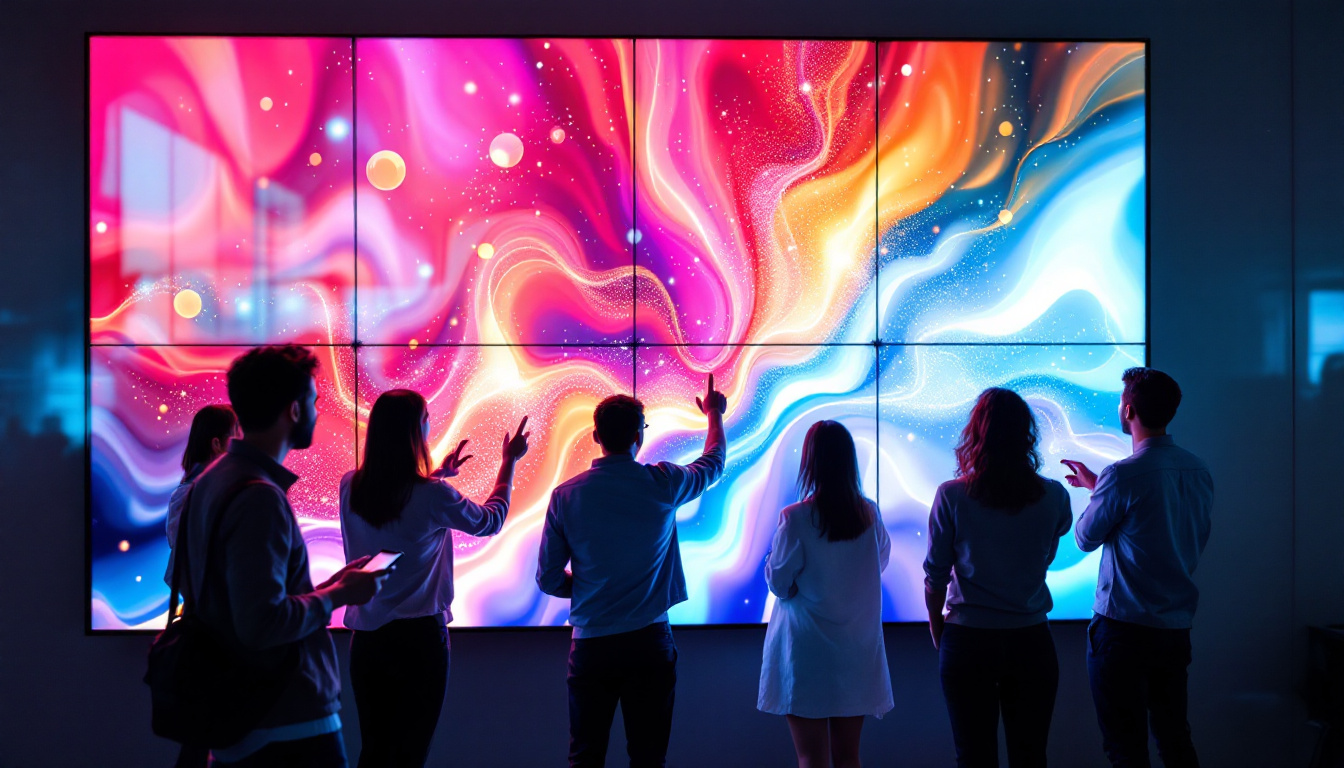In today’s fast-paced digital world, productivity and visual clarity are paramount, especially for professionals and enthusiasts who rely heavily on computer displays. The concept of dual monitor setups has become increasingly popular, offering users expanded screen real estate and enhanced multitasking capabilities. Among the various types of displays available, LED technology stands out for its superior image quality, energy efficiency, and sleek design. This article delves into the world of dual monitor LED displays, explaining their benefits, technical aspects, and practical applications.
Understanding Dual Monitor Setups
Dual monitor configurations involve using two separate screens connected to a single computer system. This setup allows users to extend their desktop workspace, enabling multiple applications or documents to be open simultaneously without the need to constantly switch between tabs or windows.
The advantages of dual monitors are well-documented. According to a study by the University of Utah, dual monitor users can increase productivity by up to 20-30%, as the additional screen space reduces the time spent toggling between applications. This is particularly beneficial for professionals in fields such as graphic design, programming, financial analysis, and content creation.
Why Choose Dual Monitors?
One of the primary reasons for adopting a dual monitor setup is enhanced multitasking. For example, a software developer can write code on one screen while referencing documentation or testing applications on the other. Similarly, video editors can have their timeline on one display and preview their footage on the other, streamlining the editing process.
Moreover, dual monitors can improve ergonomic comfort by reducing the need to minimize and maximize windows constantly. Users can arrange their workspace in a way that suits their workflow, leading to less eye strain and improved focus.
What is an LED Display?
LED, or Light Emitting Diode, displays are a type of flat-panel display technology that uses LEDs as a light source. Unlike traditional LCD screens that rely on cold cathode fluorescent lamps (CCFL) for backlighting, LED displays utilize light-emitting diodes, which offer several advantages.
How LED Displays Work
LED displays function by illuminating pixels with tiny diodes that emit light when an electrical current passes through them. These diodes can be arranged in different configurations, such as edge-lit or full-array backlighting, to enhance brightness and contrast levels.
There are two main categories of LED displays:
- Edge-lit LED: LEDs are placed along the edges of the screen, and light is spread across the display using light guides. This design allows for thinner monitors but can sometimes lead to uneven brightness.
- Full-array LED: LEDs are distributed evenly behind the entire screen, providing better uniformity, higher contrast ratios, and local dimming capabilities.
Advantages of LED Displays
LED technology brings several benefits over older display types:
- Energy Efficiency: LEDs consume less power than CCFL backlights, reducing electricity costs and environmental impact.
- Improved Brightness and Contrast: LED displays offer brighter images with deeper blacks, enhancing visual clarity and color accuracy.
- Thinner and Lighter Designs: The compact nature of LEDs allows manufacturers to produce slim and lightweight monitors, saving desk space.
- Longer Lifespan: LEDs typically last longer than CCFLs, resulting in more durable and reliable displays.
Why LED Displays are Ideal for Dual Monitor Setups
When setting up a dual monitor configuration, consistency in display quality and performance is crucial. LED displays excel in this regard, offering several features that make them particularly well-suited for multi-monitor environments.
Consistent Color and Brightness Across Screens
One common challenge in dual monitor setups is achieving uniform color reproduction and brightness levels across both screens. LED monitors generally provide more consistent backlighting and color accuracy, especially when using models from the same manufacturer or series.
This uniformity is essential for professionals working in color-sensitive fields such as photography, video production, and graphic design, where discrepancies between screens can lead to errors and rework.
Reduced Eye Strain for Extended Use
LED displays often incorporate flicker-free technology and blue light filters, which help reduce eye fatigue during prolonged use. This is particularly important in dual monitor setups where users spend extended hours in front of multiple screens.
Flexible Connectivity Options
Modern LED monitors support a variety of input ports, including HDMI, DisplayPort, USB-C, and VGA, allowing seamless integration with different computers and peripherals. This flexibility simplifies the process of connecting two monitors to a single system, ensuring compatibility and ease of use.
Choosing the Right Dual Monitor LED Display
Selecting the ideal dual monitor LED display depends on several factors, including intended use, budget, and workspace constraints. Understanding key specifications and features can help buyers make informed decisions.
Screen Size and Resolution
Screen size and resolution significantly impact the user experience. Common sizes for dual monitor setups range from 24 to 27 inches, with 27-inch displays offering a larger workspace without overwhelming desk space.
Resolution is equally important. Full HD (1920×1080) is standard, but many professionals prefer Quad HD (2560×1440) or 4K UHD (3840×2160) for sharper images and more screen real estate. Higher resolution monitors allow users to view more content simultaneously, reducing scrolling and zooming.
Refresh Rate and Response Time
While refresh rate and response time are critical for gaming monitors, they also matter in professional contexts where smooth motion and minimal lag are desired. A refresh rate of 60Hz is sufficient for most productivity tasks, but 75Hz or higher can provide a more fluid experience.
Response times below 5 milliseconds help reduce motion blur, which is beneficial when working with fast-moving visuals or video editing.
Ergonomics and Adjustability
Adjustable stands that offer height, tilt, swivel, and pivot options enhance comfort and allow users to customize their workspace. This is especially important in dual monitor setups to align screens at eye level and reduce neck strain.
Panel Type
LED monitors come with different panel technologies such as IPS (In-Plane Switching), TN (Twisted Nematic), and VA (Vertical Alignment). IPS panels are favored for their superior color accuracy and wide viewing angles, making them ideal for dual monitor setups where consistent image quality is needed from different perspectives.
Practical Applications of Dual Monitor LED Displays
Dual monitor LED setups are versatile and can enhance productivity across various domains. Below are some examples of how different users benefit from this technology.
Office and Business Environments
In corporate settings, employees often juggle multiple applications such as email, spreadsheets, and web browsers. Dual monitors help streamline workflows by allowing simultaneous access to these tools, reducing task-switching time and improving efficiency.
Financial analysts, for instance, can monitor real-time market data on one screen while performing calculations or drafting reports on the other.
Creative Professionals
Graphic designers, photographers, and video editors rely heavily on accurate color representation and ample screen space. Dual LED monitors enable them to work on high-resolution images or timelines on one display while referencing source material or tool palettes on the other.
Software Development and IT
Developers benefit from dual monitors by coding on one screen and running applications or debugging tools on the other. This setup simplifies the development process and reduces errors.
Gaming and Streaming
Gamers and streamers use dual monitors to play games on one screen while managing chat, streaming software, or system monitoring tools on the second. LED displays with high refresh rates and low response times enhance gaming performance and viewer experience.
Setting Up and Optimizing Dual Monitor LED Displays
Proper setup and configuration are essential to maximize the benefits of dual monitor LED displays. Here are some tips to ensure optimal performance and comfort.
Physical Arrangement
Position monitors side-by-side at a comfortable viewing distance, typically about an arm’s length away. Align the top edges of the screens to maintain a consistent eye level and reduce neck strain.
Calibration and Color Matching
Use calibration tools or software to match color profiles and brightness levels across both monitors. This step is crucial for tasks requiring color precision.
Operating System Settings
Configure display settings within the operating system to extend the desktop rather than duplicate it. Adjust resolution and scaling options to ensure text and images appear sharp and readable on both screens.
Cable Management
Organize cables using clips or sleeves to keep the workspace tidy and prevent tangling. Proper cable management also reduces the risk of accidental disconnections.
Future Trends in Dual Monitor LED Technology
The evolution of display technology continues to shape the future of dual monitor setups. Emerging trends promise even greater functionality and user experience enhancements.
Curved and Ultrawide Monitors
Curved LED monitors provide a more immersive viewing experience by reducing distortion and glare. Ultrawide displays, often with aspect ratios of 21:9 or wider, can replace dual monitor setups by offering expansive horizontal workspace without bezels in between.
Higher Refresh Rates and HDR Support
Advancements in refresh rates beyond 144Hz and High Dynamic Range (HDR) support improve image quality, color depth, and motion smoothness, benefiting both gamers and professionals.
Integration with USB-C and Thunderbolt
USB-C and Thunderbolt connectivity simplify multi-monitor setups by enabling video, data, and power delivery through a single cable. This reduces clutter and enhances compatibility with modern laptops and desktops.
Conclusion
Dual monitor setups featuring LED displays represent a powerful combination for enhancing productivity, comfort, and visual quality. By understanding the technical aspects and practical benefits of LED technology, users can make informed choices that align with their professional and personal needs.
Whether for office work, creative projects, software development, or gaming, investing in quality dual LED monitors can transform the computing experience, offering expanded workspace, improved ergonomics, and superior image performance. As display technology continues to advance, the future of dual monitor configurations promises even greater innovation and versatility.
Discover LumenMatrix’s Advanced LED Display Solutions
Ready to elevate your workspace and enhance your visual experience with the latest in LED display technology? Look no further than LumenMatrix. Our comprehensive range of LED display solutions, from Indoor and Outdoor LED Walls to innovative Transparent and Custom Displays, is designed to meet your professional and personal needs. Experience the difference that cutting-edge technology can make in your office, creative projects, or gaming setup. Check out LumenMatrix LED Display Solutions today and step into the future of visual communication.



